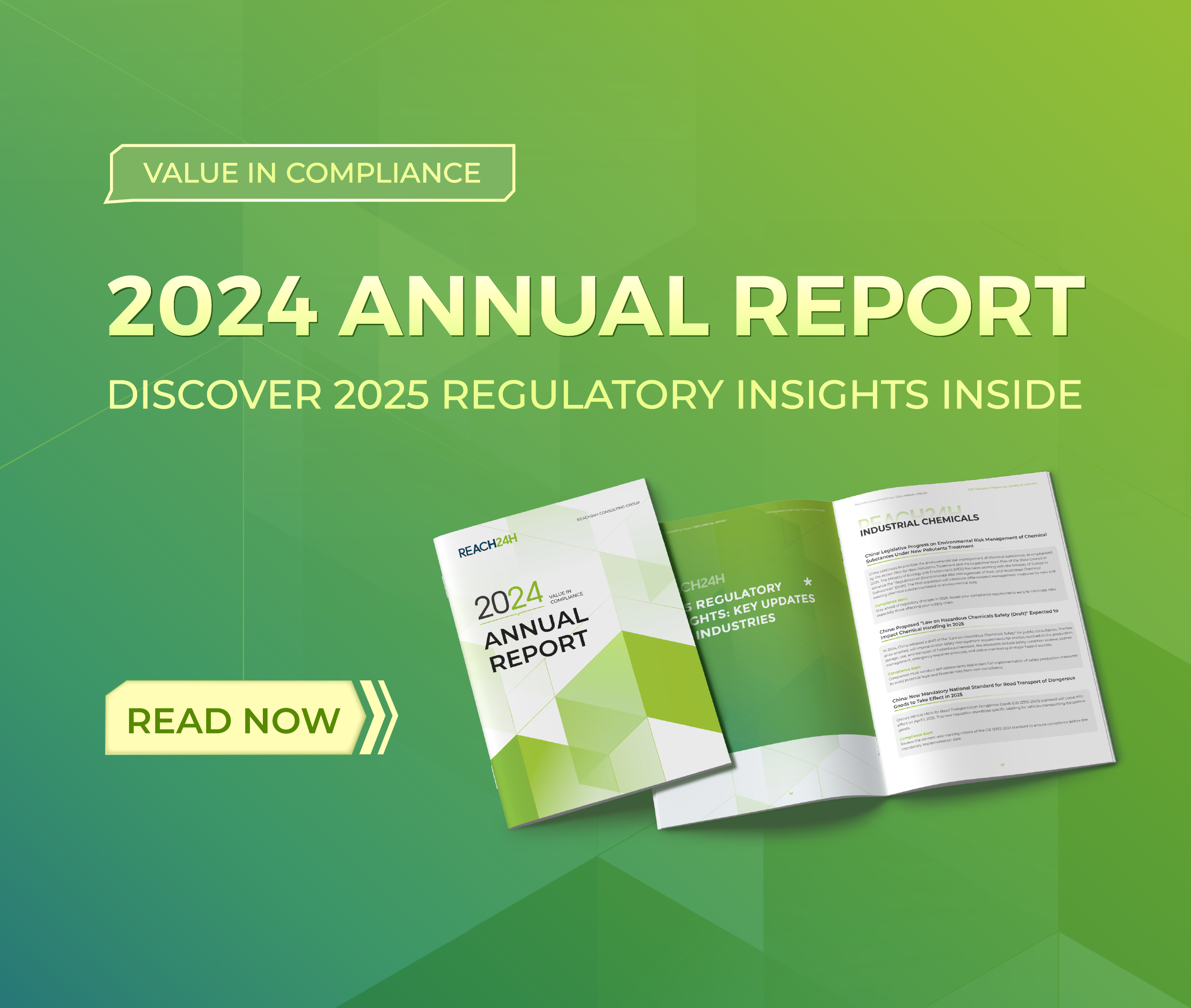Understanding India REACH: Chemicals (Management & Safety) Rules, 20XX: A Guide for India CMSR
Overview
India REACH, officially called the Draft Chemicals (Management and Safety) Rules, 20XX (CMSR), was introduced by the Ministry of Environment, Forests, and Climate Change (MOEF&CC) in 2019. The regulation aims to establish a robust framework to manage chemicals, covering areas such as chemical substance reporting, registration, safety data sheets (SDS), labeling, and hazardous chemical safety.
This article will provide an overview of India’s REACH regulation, its scope, key definitions, compliance obligations, and the services we offer to help businesses stay compliant.
What Is India REACH?
India REACH regulation seeks to address gaps in the country’s management of both new and existing chemicals. By introducing this regulation, India aims to ensure chemicals are safe for human health and the environment, while also meeting international standards. The regulation mandates relevant companies to submit chemical information, including safety data and classification, for substances manufactured or imported in India.
Key Definitions About India REACH
India REACH framework introduces several important definitions that businesses must understand for compliance:
-
Existing Substance: A substance that has been manufactured or imported in India before the initial notification deadline.
-
New Substance: A substance that is introduced in India after the initial notification deadline.
-
Priority Substances: Substances classified as carcinogenic, mutagenic, or reproductive toxic(categories 1 and 2), or those that are classified as specific target organ toxicants under GHS revision 8. It also includes PBT (Persistent, Bioaccumulative, and Toxic) and vPvB (very Persistent, very Bioaccumulative) substances.
-
Hazardous Chemicals: Substances listed in various annexes of the regulation (Annexes 10, 11, and 12), which include those with high toxicity or environmental impact.
Regulatory Authorities and Committees
The National Chemical Authority (NCA) is the central body responsible for enforcing India’s CMSR regulation. The NCA works with various committees to evaluate chemical safety and enforce compliance. The relevant committees include:
-
Steering Committees
-
Scientific Committees
-
Risk Assessment Committees
These committees play a critical role in reviewing chemical substances, approving registrations, and ensuring chemicals meet safety standards.
Who Needs to Comply with India REACH?
The regulation applies to:
-
Indian Manufacturers: Businesses producing or using chemicals in India.
-
Indian Importers: Companies importing chemicals into India for use or sale purposes.
-
Foreign Manufacturers: Foreign companies that want to sell or distribute chemicals in India must appoint a local representative or agent to comply with the regulation.
Scope of the CMSR Regulation
The CMSR regulation applies to all substances, mixtures, and intermediates manufactured, imported, or stored in India. However, some specific categories are exempt from the regulation:
-
Radioactive substances
-
Customs-controlled substances or substances not in India
-
Materials stored in customs bonded zones for re-export
-
Waste as defined under the Hazardous Waste Management Rules, 2016
-
Defence materials
-
Food and feed (including supplements for humans and animals)
-
Certain substances listed in Appendix 4.
Compliance Obligations
Businesses must ensure compliance with several key requirements under the REACH regulation, including:
-
Chemical Substance Reporting: Manufacturers and importers must report the chemicals they handle to the National Chemical Authority (NCA), including details such as chemical composition, usage, safety data, and risk assessment.
-
Chemical Registration: All substances must be registered with the NCA before they are manufactured or imported to India. Details including the substance’s properties, uses, and associated hazards should be provided.
-
Priority Substances Registration: Substances classified as priority (PBT, vPvB, carcinogenic, etc.) require a more thorough registration process, including risk assessment and management plans.
-
Hazardous Chemical Authorization: Certain hazardous substances may require authorization before they can be used or imported, especially if they are on India’s restricted or banned list.
-
SDS and Labeling: Chemical safety data sheets (SDS) and proper labeling must be provided for all chemicals, to ensure that workers and consumers are informed of the potential risks.
In Detail: Summary of Obligations
| Obligations | Scope | Timelines | Submission Requirements |
| Notification | Existing substances ≥ 1t/a; all new substances | Start a year after the Rules take effect and terminate 180 days from the commencement | Substance’s identity, uses, quantity, downstream users, and hazard classification, etc. As per Schedule V; and SDS |
| Annual Reporting | All notified substances (existing substances ≥ 1t/a; all new substances) | No later than 30 days after the end of each calendar year | Quantities of the substance placed on the market in the previous calendar year and any changes/additions to the information submitted in the notification
|
| Registration | Substances listed in Schedule VI ≥ 1t/a | 1.5 years from the date of its inclusion in Schedule VI (timelines based on tonnage band were deleted in this draft); | A registration dossier as per Schedule VII; For ≥ 10t/yr, Chemical Safety Report as per Schedule VIII |
| Chemical safety assessment | Priority substances > 10t/a | At the time of Notification or Registration | Chemical Safety Report as per Schedule VIII |
| Priority substances ≤ 10t/a | Exposure Scenario | ||
| Authorization for use of restricted substances | Restricted substances | Before using the substances for restricted applications | Not specified |
| Update registration dossier | Registered substances | Within 30 days after being made aware of the changes | Changed information |
| Import control | Priority substances or hazardous substances | Upon completion of the relevant notification and registration requirements, at least 15 days before the import | Name and address of the person receiving the consignment in India, the port of entry, mode of transport, name and quantity of the substance, SDS, etc. |
Our Services for India REACH Compliance
We offer a comprehensive range of services to help businesses navigate the complexities of India’s CMSR regulations:
-
Chemical Notification and Annual Reporting: We assist with submitting chemical notifications and fulfilling annual reporting obligations to the NCA.
-
Priority Substances Registration: Guidance and support for registering high-priority substances and navigating the additional regulatory requirements.
-
Hazardous Substance Authorization: Assistance in obtaining authorization for restricted chemicals and substances.
-
GHS Services: Ensuring compliance with GHS standards for labeling and safety data sheets.
-
Compliance Analysis and Training: In-depth compliance analysis and customized training to help businesses understand and comply with the regulation.
Conclusion
The introduction of India’s CMSR regulation marks a significant step toward strengthening chemical safety and environmental protection in the country. For businesses operating in or exporting to India, compliance with the CMSR is essential. Understanding the registration, notification, and safety requirements is crucial to avoid regulatory penalties and ensure the safe use of chemicals.
If you need assistance with your India CMSR compliance, contact us for tailored regulatory services and support.

